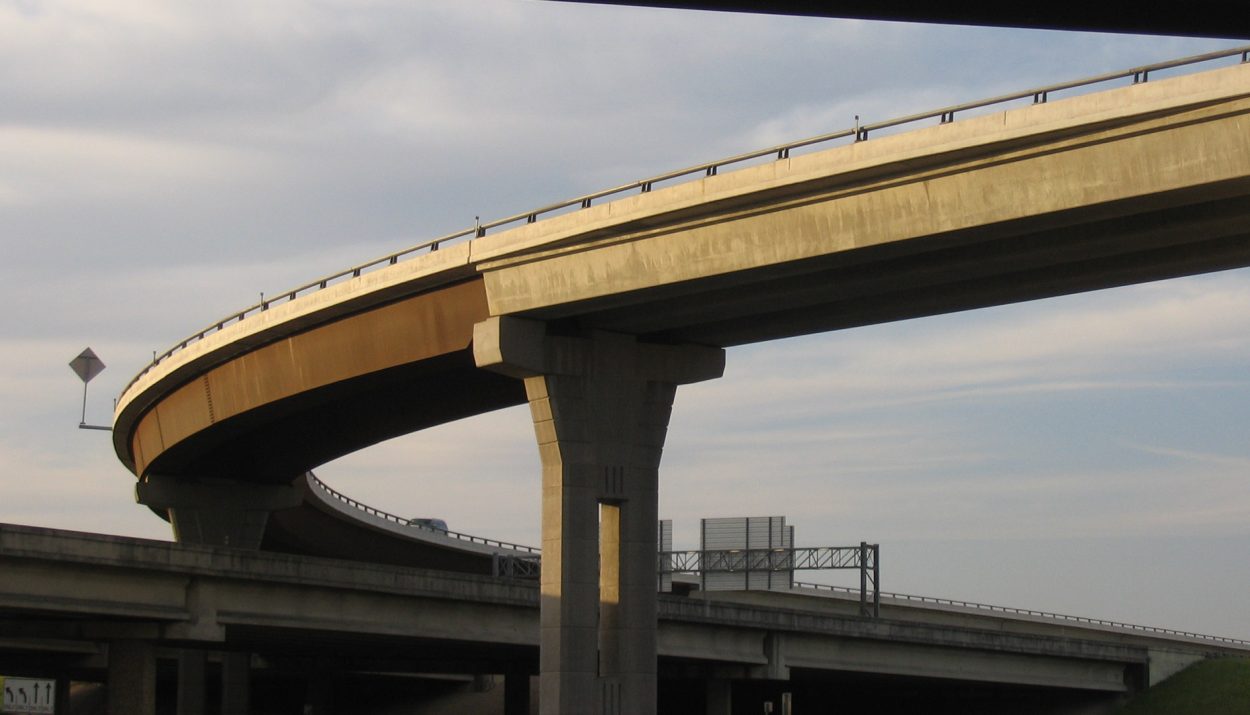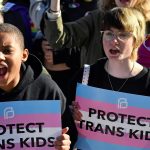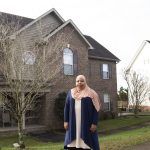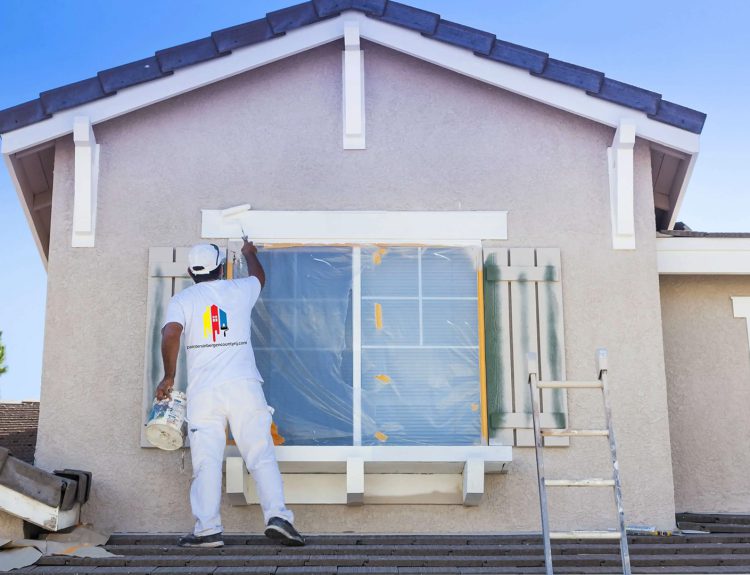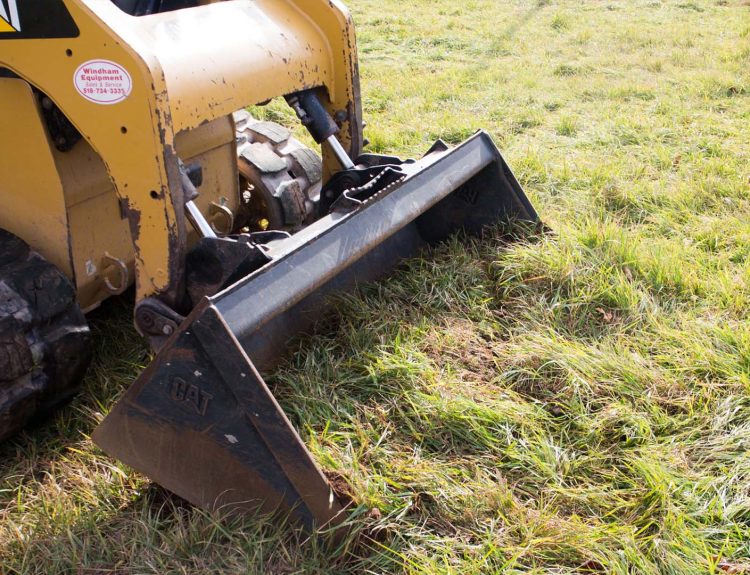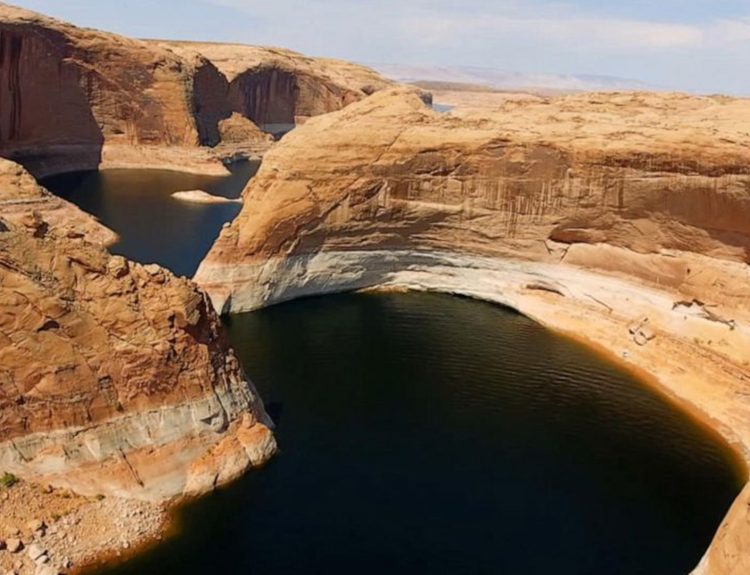Building bridges and overpasses can be beneficial to the community. It can enhance accessibility, make it easier for two distinct sides to connect, and also make high-traffic areas much safer. But there are times when it’s a terrible idea to create one.
This was the case in downtown Los Angeles below 28th to Figueroa Street. A company proposed to build the overpass to help the community. But different people and organizations pushed back on the plan because it had terrible consequences.
Metro And Caltrans Cancels Overpass Plans
The news going around is that Metro and Caltrans have canceled their plans to build an overpass offramp that’s approximately 2000 feet long. This structure was supposed to be located below 28th Street to Figueroa Street.
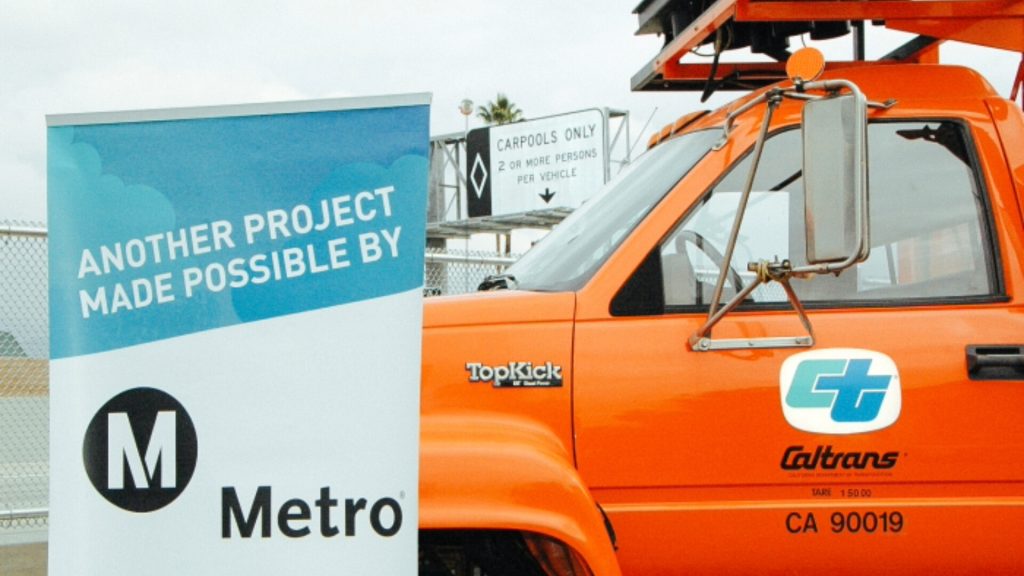
The company had planned for several years to build this structure but had been opposed by the community at the same time. Fortunately for the people, the city ordered Metro and Caltrans to pull back on the project.
Authorities Stopped The Project Because Of Its Severe Side-Effects
The project was supposed to go as planned. Metro and Caltrans had secured their funding drawn out the plans and were waiting for the green light to begin. Unfortunately for them, Transportation authorities had different plans.
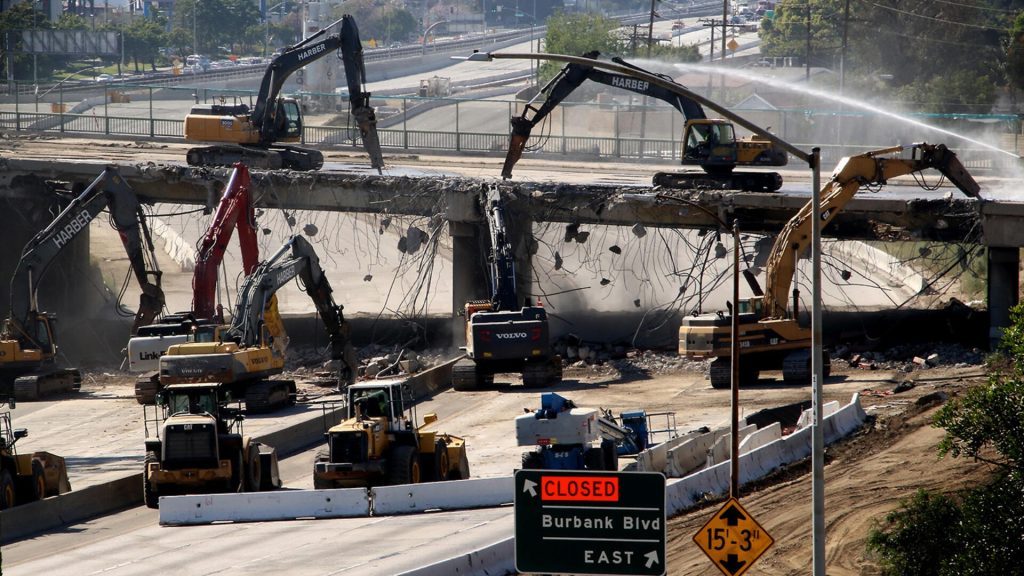
Los Angeles Transportation authorities quickly stopped the company from building their proposed overpass. The organization must first approve projects before they hit the public road, and this one wasn’t worth implementing. Why? They saw the “significant” side effects.
Issues With Building The Overpass
What’s wrong with building an overpass in a high-traffic location? A project like this is supposed to significantly reduce and optimize traffic. Strangely, this proposed bridge didn’t have these benefits.

Apparently, the proposed overpass had adverse effects on the surrounding historic resources. It would also divide and severely impact the existing University Park community. But that’s not all. The overpass would also cause urban decay and make the place look ugly.
They’ve Been Trying To Build A Bridge Since 1990
This rejection seems recent, but it’s been a long battle since the 1990s. It just never got implemented because several people pushed back the idea-even the Los Angeles Conservancy.

Their arguments were the same. Building the overpass wasn’t the best option for managing traffic. At the same time, it poses climate and aesthetic issues while dividing the community. They’d never accept it.
The Project Resurfaced In 2015
The initial pushback decades ago silenced plans of the project, and everyone was happy. However, after a few years, proposals for the project started circulating In 2015.
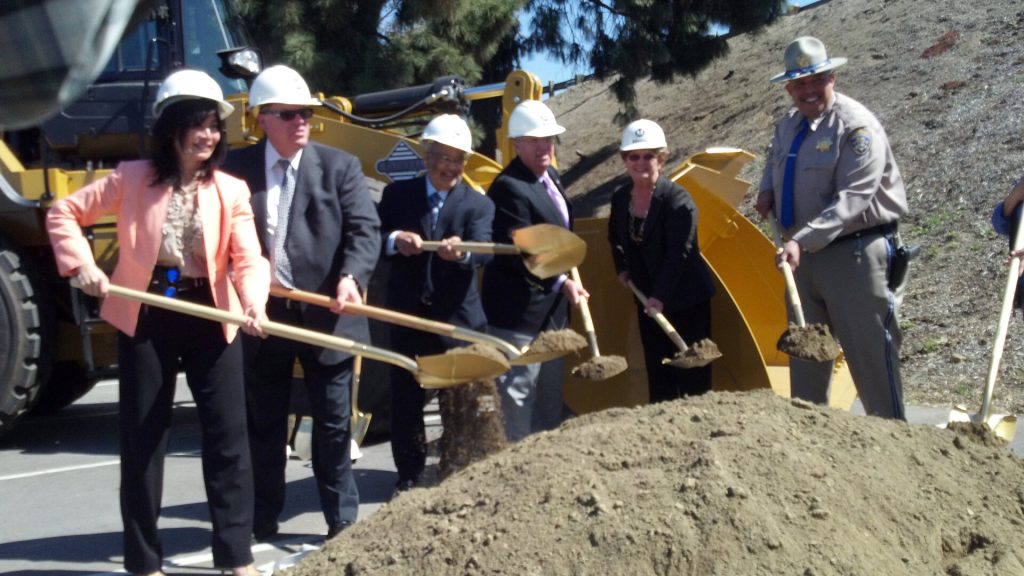
According to Minteer, Caltrans then stated it would do an EIR for the project but prepared the MND/FONSI instead. It’s possible they assumed people would change their minds since several years have passed. They were mistaken!
The MyFigueroa Project
Three years after Metro and Caltrans proposed their plans, the MyFigueroa project emerged. This task was a $20 million initiative that was completed in 2018. The project focused on making an area easier for bikes and people to pass through.
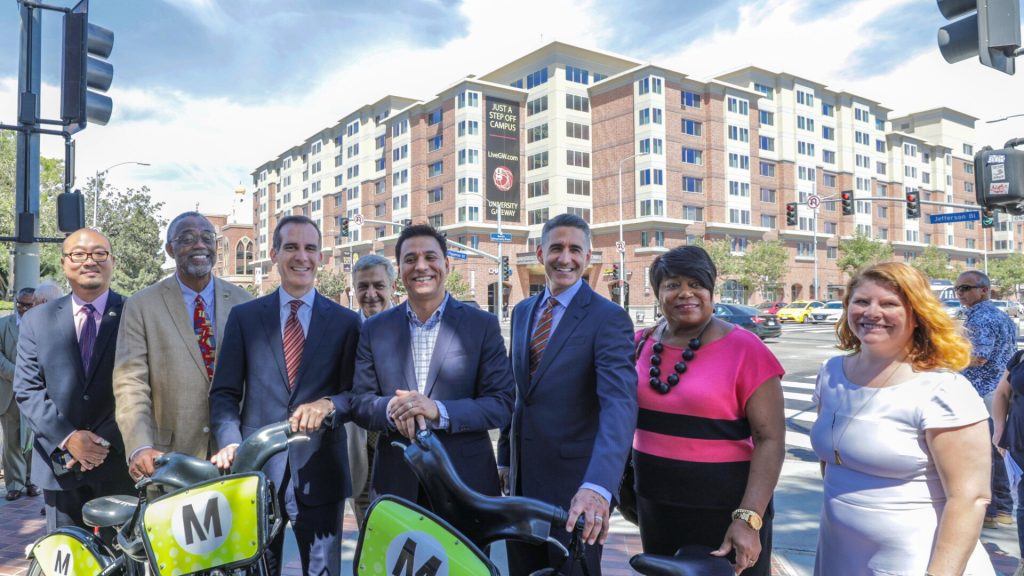
Its completion contributed to the lawsuit against Metro and Caltrans. It was by the West Adams Heritage Association, the Adams Dockweiler Heritage Organizing Committee, and Friends of St. John’s Cathedral.
‘It Conflicts With The City’s MyFigueroa Project’
Amy Minteer, the plaintiff’s attorney in this case, gave a statement. She said: “Our overarching arguments were that the overpass would have adverse impacts on the surrounding historic resources.

She continued: “It would divide and severely impact the existing University Park community, and would conflict with the city’s MyFigueroa Plan. It would also have aesthetic, traffic, [planet-warming pollution], and urban decay impacts.”
Minteer’s Arguments Prompted An Environmental Impact Report
After a lot of back and forth in court, Amy Minteer’s argument was the most compelling. The concerns raised could pose severe consequences if found to be legitimate. So, the Los Angeles Transportation authorities performed an Environmental impact report.
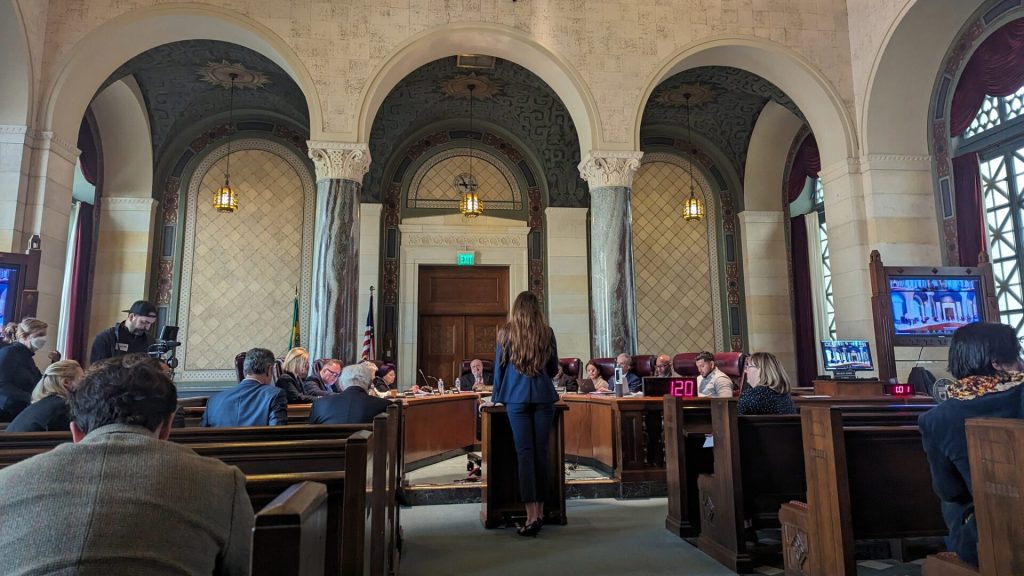
An environmental impact report is a document that assesses the adverse effect a project has on the environment. Naturally, this report was pivotal as it convinced the city to scrap the highway expansion.
Was The Highway Really That Necessary?
Metro and Caltrans have been pushing to build a highway in downtown Los Angeles below 28th to Figueroa Street for decades. Why? Was traffic so bad that the area needed more roads?
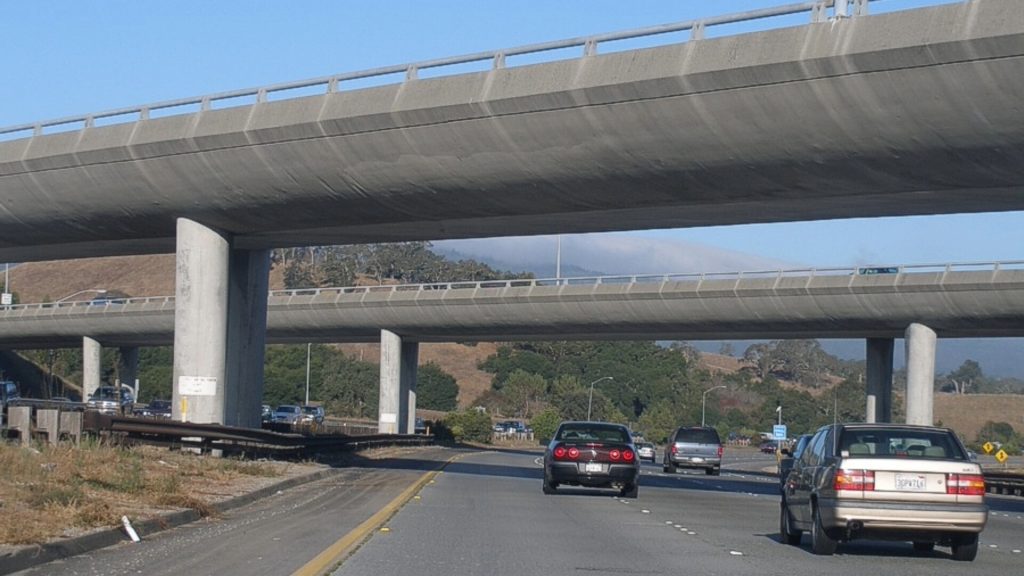
The 110 Freeway connecting to the community functions as a major transportation artery connecting LA to other parts of the city. However, traffic data shows the current road is sufficient to handle the cars and pedestrians that use it. Plus, the community has made no complaints for years.
This Is One Of Many Rejected Highways
This rejected project isn’t the first of its kind. It’s merely one of many scrapped highway proposals in recent years. For example, two years ago, the Colorado Department of Transportation stopped its plans to expand Interstate 25.

Why? They concluded that the money would be more productive if invested in public transit. So, they put all their eggs in that basket. Surprisingly, this decision matches many Americans’ requests as they want more improvements in the transit systems.
80% Of Americans Reject Highway Projects
After digging deeper, we discovered that most Americans are against the instruction of highways. Approximately, 80% of these people don’t see highway expansions as a solution for traffic congestion.
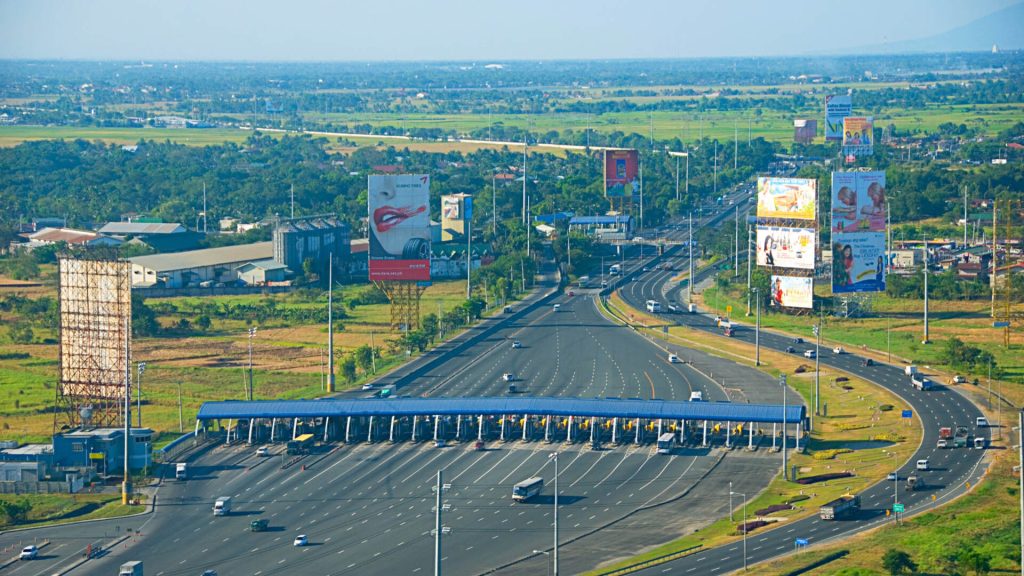
Instead, Americans think it’s better to put more effort into bike lanes and optimize public transport instead of expanding highways. What kind of optimization?
Air Pollution Needs A Fix
Americans point at air pollution as a bigger problem than road expansion. The heavy smoke from gas-guzzling vehicles comes with pollutants that cause several health issues. These include asthma, pneumonia, cataracts, and lung cancer.

Focusing on reducing the number of vehicles or making them more efficient can produce cleaner air. On the other hand, building an overpass only permits more cars into the area, increasing the problem.
‘It Took Years To Cancel This Bad Idea’
West Adams Heritage Association Vice President Jean Frost gave remarks about the decision to cancel the offramp. He said: “It took years of organizing, reaching out, getting expert opinion, and coordinating a campaign against a terrible idea that ought not to have gained traction.”
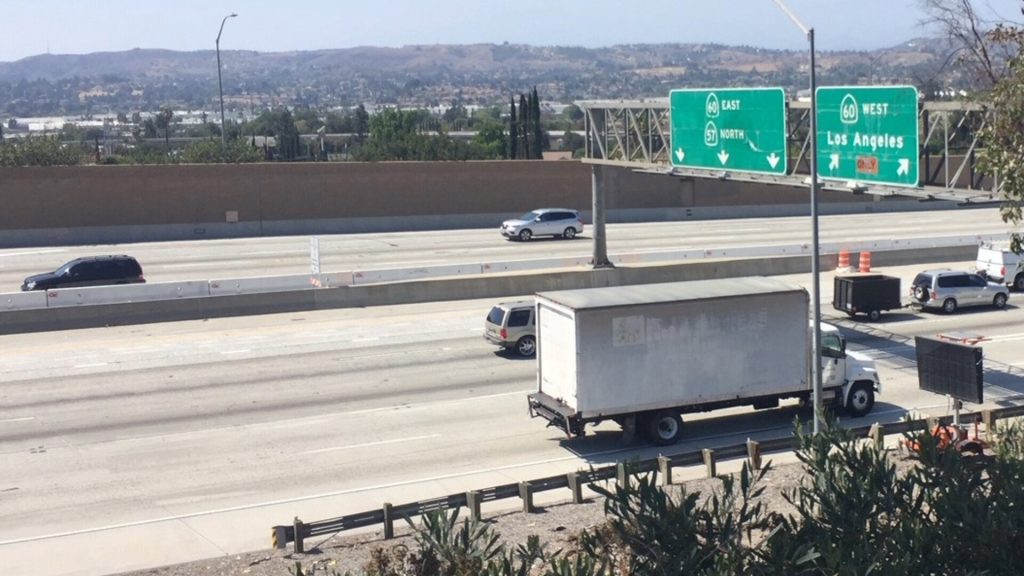
For now, there’s little chance that Metro and Caltrans will suggest building the overpass anytime soon. They first need approval from the city, and that also means they must fix the adverse effects before getting the green light.

